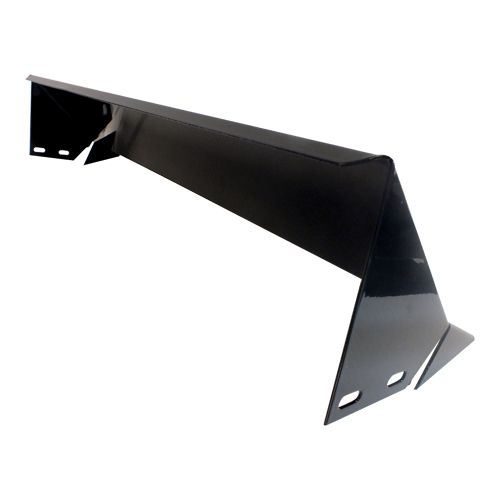

The quality of Honda’s OEM parts is the best way to ensure lifelong safety and efficiency from any Honda equipment used around the home. If either part looks too thin or has an excessive ground clearance, replacement is likely necessary to ensure proper removal of snow from the surface of driveways and sidewalks.įind OEM S928 Snow Blower Parts at As a result, Honda recommends inspection of these two key parts before each use. The skid shoes and scraper both wear down over time. Remove the old bolts using the tool kit’s included wrench and then insert the new bolts in their place. Honda includes two replacement shear bolts in the snow blower’s included tool kit. If the shear bolts are significantly damaged, they must also be replaced before the snow blower can be used. If any signs of damage are noticeable, they should be properly repaired prior to using the snow blower. Inspect the augers, shear bolts and blower housing before each use. Otherwise, tire pressure should simply be checked and adjusted appropriately prior to storage. If the sidewalls show any signs of cracking or excessive wear, the tires should be completely replaced. Tighten or loosen the tracks as needed, and then lock the new position in place by tightening the adjusting nuts.īefore storing the snow blower, check its sidewalls for damage and use a tire gauge to check tire pressure. To adjust the tracks, loosen the left and right adjusting nuts. If the deflection measurement falls outside this range, adjustment will be necessary before the snow blower performs its first job. Ideally, deflection should measure between 27 and 33 millimeters. Begin by measuring the level of deflection at the midpoint of the tracks. The snow blower’s tracks should be adjusted when the snow blower is removed from storage each year. At most, Honda recommends going no longer than 5 years without replacing the spark plug.

The spark plug should be completely replaced after 250 hours of use. If the snow blower is used heavily throughout the winter, however, it’s a good idea to inspect and adjust the spark plug at least once each month. When adding or changing oil, a 5W-30 mixture should be used for excellent performance in cold weather.Īt a minimum, the spark plug should be checked yearly and cleaned with a stiff brush. After this initial oil change, future oil changes can be completed once per season when the equipment is removed from storage. For new snow blowers, Honda requires an oil change after the first 20 hours of use. Most importantly, Honda recommends using the dipstick to check oil levels before each snow blower use. The HS928 requires a few unique considerations when it comes to engine oil. Diesel fuels, or fuels with a high ethanol concentration, cannot be used with this particular model. Honda recommends a low-octane, unleaded gasoline for its HS928 snow blower. If the snow blower runs low on fuel during operation, turn the equipment off and fill the fuel tank to capacity. With the maintenance schedule in mind, there are a few important things to know when performing some of its recommended tasks.įuel should typically be added prior to each snow blower use. The schedule groups required maintenance by hourly and seasonal intervals, similar to mileage-based maintenance requirements enforced by car manufacturers. The most comprehensive guide to snow blower maintenance is Honda’s maintenance schedule. Getting Started: Check Out the Maintenance Schedule With the right equipment and precautions, maintenance can be a very quick and safe part of snow blower ownership. Protective goggles are also be a good way to ensure safety when clearing debris and clogs from the equipment. Operators should also wear protective gloves when working around the auger. To ensure the highest level of safety during equipment maintenance, make sure the engine is cool and the equipment is turned off.

Safety is Essential During Snow Blower MaintenanceEven if the snow blower isn’t on, it can still inflict injury on operators who aren’t properly prepared for the task at hand.


 0 kommentar(er)
0 kommentar(er)
